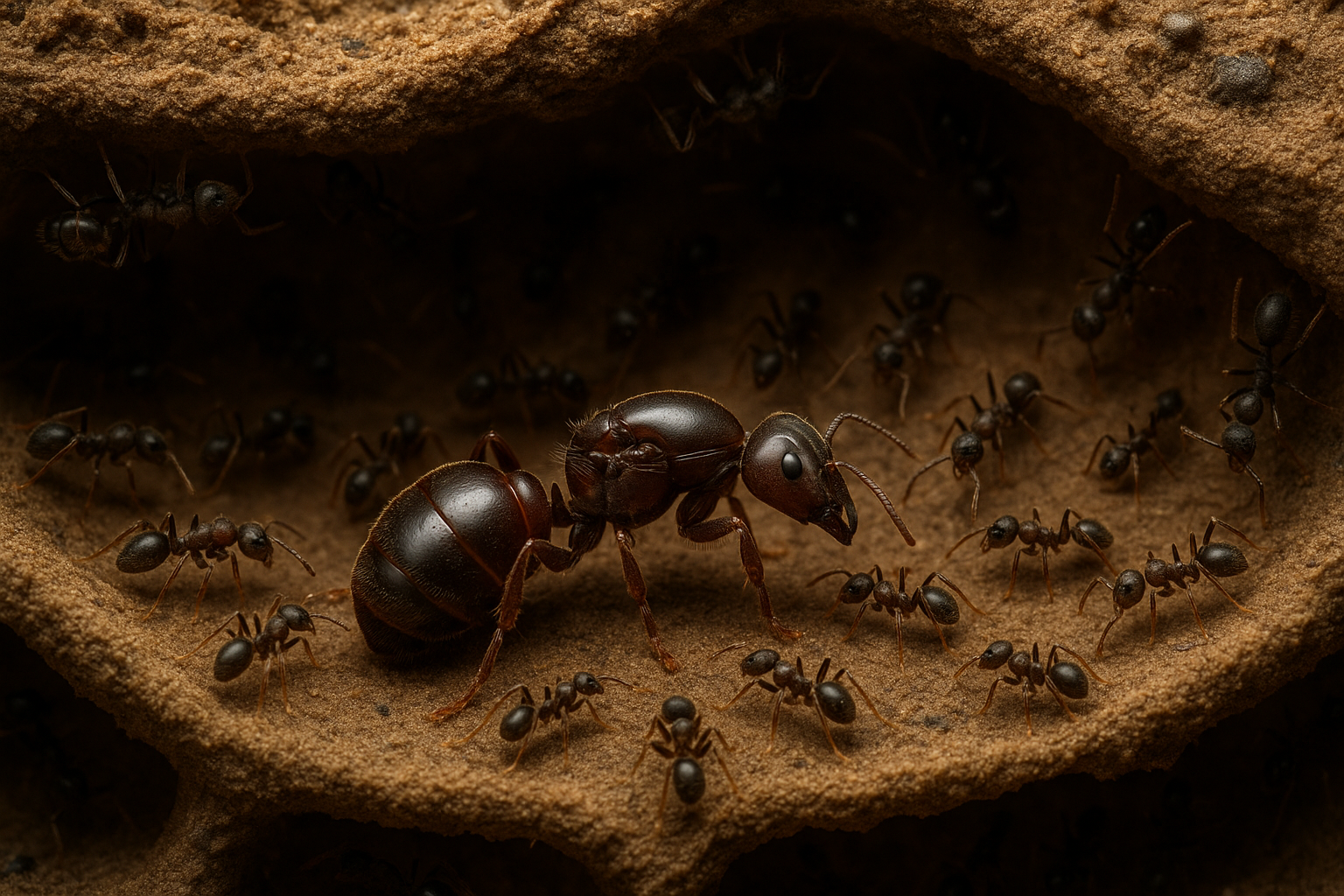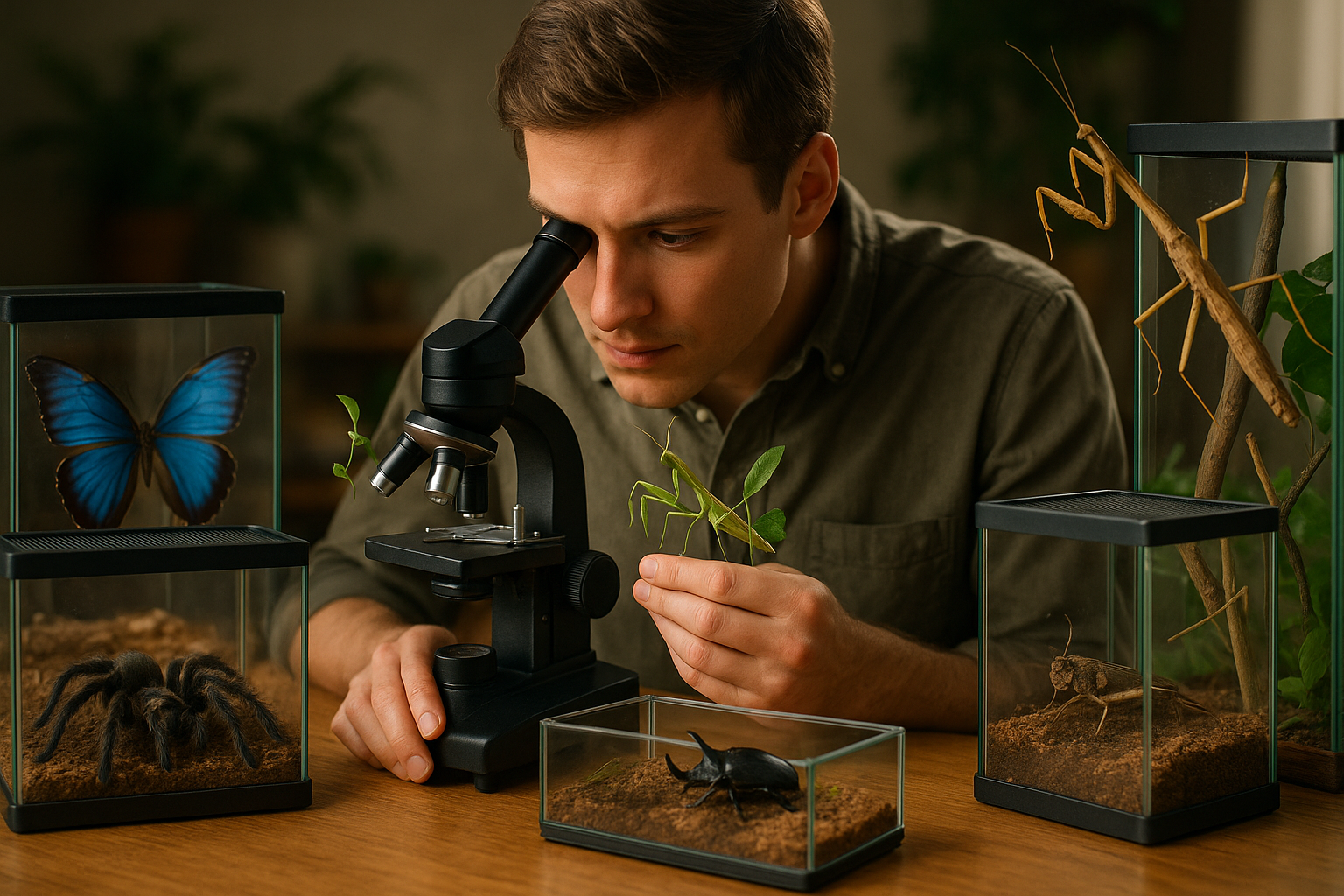Understanding the Complex World of Ant Colonies
Introduction: Ants may appear as tiny creatures with simple routines, but beneath their minuscule exterior lies an intricate society that has fascinated researchers for centuries. This article delves into the mesmerizing world of ant colonies, exploring their social structures, communication systems, and the fascinating discoveries that have changed our understanding of these tiny titans.

The Intricacies of Ant Society
Ants have been on Earth for approximately 130 million years, outliving the dinosaurs and surviving numerous cataclysms. In their long history, ants have developed complex societies that rival our own in many ways. Each colony displays a meticulously structured hierarchy, where every ant has a specific role to play. The queen, the only fertile female ant, is responsible for laying eggs to ensure the colony’s perpetuity. Worker ants, which are sterile females, have roles ranging from gathering food, caring for the larvae, to protecting the colony. Male ants, whose sole function is to mate with the queen, often die shortly after mating.
Communication: The Ant’s Secret Language
One of the most captivating aspects of ant colonies is their communication system. Ants use a variety of signals and cues, including pheromones, touch, sound, and even visual cues, to communicate with each other. The most prevalent method is pheromone communication, where ants release chemical signals that provide information about food sources, danger, or the need for help. This complex system of communication allows ants to work together effectively, ensuring the colony’s survival.
The Superorganism Concept
In recent years, scientists have begun to view ant colonies as a single entity, often referred to as a ‘superorganism.’ This concept reflects the colony’s collective behavior, where individual ants function similarly to the cells in a body, working together for the good of the whole. This perspective has provided a fresh lens to study ant behavior and has sparked fascinating research into the parallels between ant colonies and other biological systems.
Ant Colonies: A Mirror to Human Societies?
The intricate social structures and communication systems of ant colonies have led some scientists to draw parallels with human societies. Both ants and humans exhibit cooperative behavior, division of labor, and complex communication systems. However, while human societies often struggle with issues like inequality and conflict, ant societies manage to function seamlessly with a clear division of labor and a lack of conflict. This has led researchers to study ant colonies in hopes of gaining insights that could potentially be applied to human societies.
Current Discoveries and Future Research
The world of ant colonies continues to captivate researchers, with new discoveries being made regularly. Recent studies have revealed that ants use ‘tandem running’ to teach each other about new food sources, a behavior previously believed to be unique to humans. Another research discovered that some ant species cultivate fungi for food, showcasing an early form of agriculture. These discoveries are just the tip of the iceberg, with countless mysteries waiting to be unraveled in the world of ant colonies.
Ant colonies, with their complex societies, intricate communication systems, and remarkable adaptability, offer a fascinating glimpse into a world that often goes unnoticed. As we continue to delve deeper into their world, we are reminded of the countless wonders that the animal kingdom holds, waiting to be discovered and marveled at.




